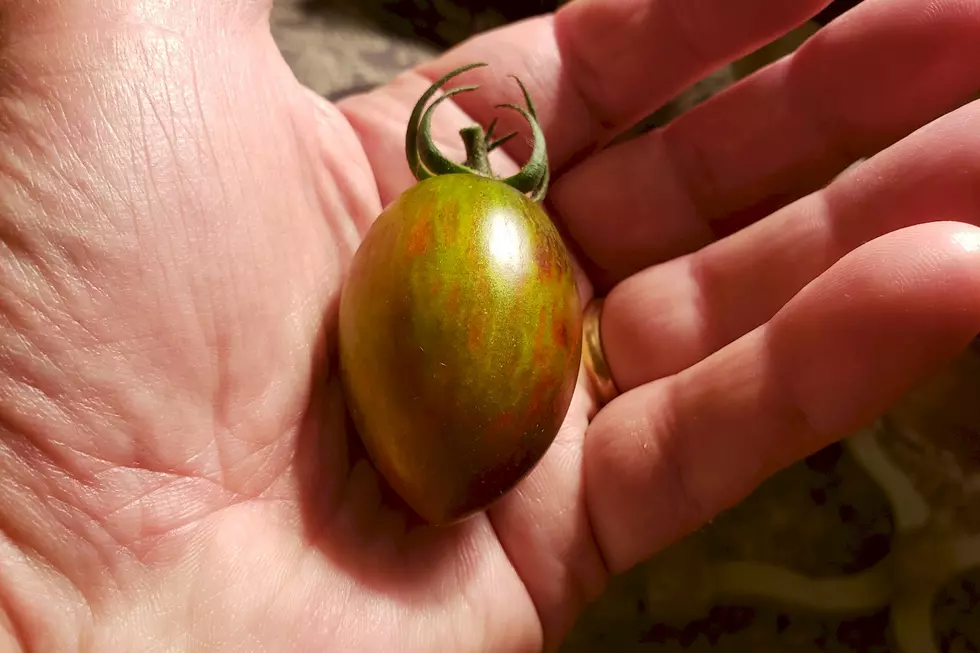
Garden Groove: Throw it in the Garden
Getting in the Garden Groove with John Schroeder: Natural Soil Enhancers
If you’re a fan of HGTV and watch any of those home improvement or home “flipping” shows you’ve probably heard the term “good bones.” The celebrity home improvers on those programs often talk about how a particular house has “good bones,” making it worth the effort to renovate. The “bones” of a garden involve its soil, and trying to improve that soil year after year is a pretty important factor to gardening success.
We moved into our current home in 1996, and one of the first things I did after the closing was to rent a sod cutter and carve out our 28 by 15 foot garden. The soil I found beneath the grass appeared to be pretty good, but I knew that constantly amending that soil would be a good practice. Vegetables require nutrients and they pull those nutrients out of the soil as they grow. So I try to regularly add things to our garden that will recharge the soil for another season.
Two things I have added to our garden for several years now are fireplace ash and egg shells. We burn wood at our home and I spread a fair amount of wood ash on our garden throughout the winter. Ashes add potassium, calcium, magnesium, lime and other important nutrients. I’ve read that you should test your soil to check its pH level before introducing ashes (or other nutrients.) Testing is something I’ve never taken the time to do, but I seem to have pretty good overall luck and I’m assuming that those ashes are part of the reason for that. I’m convinced they help me generally produce good root crops (see attached pictures of our spring turnip harvest this year.) From what I’ve read ashes from hardwood fires (oak, elm, ash, etc) are the best to use.
In our house we always keep things like apples cores, orange and banana peels and other vegetable matter in a separate container and add them to our compost pile on a regular basis. Egg shells have also been a part of that practice, and I recently found a way to take that habit to the “eggs-treme.” I volunteer at a monthly fundraising breakfast that my church puts on, and since we go through dozens of eggs at each of those events I decided to take those discarded shells home with me (instead of watching them get tossed into the garbage.) I usually end up with a couple of 5-gallon buckets from each breakfast and they get spread over the garden and later tilled in the following spring. Those calcium-rich shells really seem to benefit cruciferous vegetables like broccoli and cabbage, and I’ve also read that pepper and tomato plants benefit from that extra calcium.
Other natural organic additives that I put into my soil include fish guts as well as leaves and grass clippings. I don’t fish as much as I would like to (I’m probably spending too much time in the garden to be able be in a boat and on the water all that often!) But when I learn that a friend is headed to the lake I will often ask them to save for me any
discarded parts of the fish they might be lucky enough to catch and clean. Adding fish guts to the soil is an old Native American practice, and it definitely introduces valuable nutrients for your plants.
Finally, I saved an old 55 gallon plastic garbage can that I was replacing and began using it as a composter. I drilled a bunch of holes in the sides so that air and water could penetrate. We add that natural kitchen waste I mentioned earlier, plus the leaves of things I harvest in the garden throughout the year. I also keep a couple of bags of dead leaves from the previous fall in the garage and I add them incrementally to the compost. Mixing green and brown plant matter helps the compost to break down faster, and all of that nutrient-rich “black gold” will eventually be added to the garden to continue that constant effort of improving the overall soil quality. Those garden “bones” just keep on getting better!
Next week: A vegetable garden diversion, as we try to save our ash trees.
John Schroeder is a sales guy at Townsquare Media St. Cloud, but in his past life, he was an on-air personality specializing in sports. But what really turns his crank is getting out in his 28 x 15 foot vegetable garden several times a week nurturing, eventually harvesting (and sometimes sharing) homegrown food.

St. Cloud area Signature Golf Holes as Chosen by the Golf Course Operators
More From AM 1240 WJON









